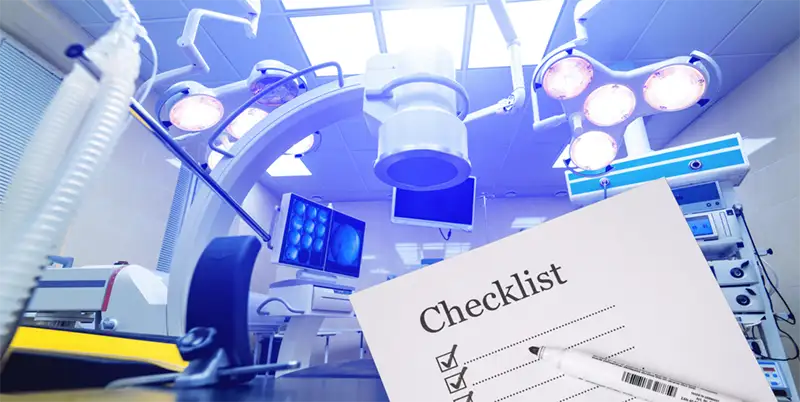A PGF Cable Machine Run-Down
| By Momentum | 0 Comments

Edge of Technology
PGF Technology Group is a manufacturing company that continues to improve processes while integrating the newest cutting-edge technology. The range of capabilities and services include cable assembly, printed circuit board assembly, wire harness assembly, box build assembly, and prototype services. With each PGF project, workers have the proper tools and skillset to effectively assemble and test each product. Additionally, for cable assembly, a variety of cable machines are utilized to guarantee high-quality and time-efficient projects. All in all, PGF continues to automate processes from crimping to stripping wires for ultimate customer satisfaction.
Cable Machines
Whether it be the initial cutting of a wire or the sleeving of a cable jacket, cable machines advance manufacturing processes immensely. Additionally, integrated throughout PGF cable assembly are the Schleuniger automating wire processing machines. Each of the machines carries a distinct function in either assembly or testing procedures. Overall, the cable machines highlighted include a multitude of benefits and innovative outlets for cable assembly procedures.
Crimp Center 36S
- Automatic wire cut/strip/terminate/tin
- Benefits
- compact modular design
- touchscreen (easy function)
- product flexibility with 6 processing stations
- basic network integration
Coax Strip 5300
- Coax semi-automatic wire stripper
- Benefits
- fast processing speed
- precise rotary stripping for thin wires with up to 9 steps
- programmable functionality
- user-friendly graphical displays
Rotary Strip 2400
- Coax/fine gauge semi-automatic wire stripper
- Benefits
- can strip insulated wires
- such as Kapton, Fiberglass, Teflon
- includes function for the twisting of inner wire strands
- programmable machine with a colored touch screen
- can strip insulated wires
Unit Strip 2300
- Semi-automatic standard wire stripper
- Benefits
- color touch screen user interface
- able to strip the inner conductors of jacketed cables with a small break-out length
- sensitive trigger sensor for small flexible wires
- no mechanical adjustments are required for different wire sizes
OmniStrip 9450
- Automatic wire cut and strip
- Benefits
- graphically enhanced display with high resolution
- simple tooling change
- cables and processing libraries are through system demand
OmniStrip 9400
- Automatic wire cut and strip
- Benefits
- high productivity
- can process multiple wires simultaneously
- graphical screen allowing easy navigation and programming
JS 8300
- Cable jacket scorer
- Benefits
- even cuts in depth for each cable jacket
- high precision standards
- options of radial or axial wire cuts
Multistrip 9480
- Automatic wire cut and strip
- Benefits
- easy processing of high precision coaxial and multilayer application
- programmable system
- versatile in cut and strip platform
The PGF Advantage
PGF prides itself on integrating the newest generation of trusted technology while following a hands-on approach for all project assemblies. Continuously progressing through the years, PGF removes tedious and time-consuming tasks with automated machines. The cable machines mentioned above are only some of the technologies that continue improving PGF quality standards and timely delivery expectations. However, to ensure only the highest quality products, quality personnel perform quality checks mechanically and with the help of trusted machinery. All in all, before the delivery of any project, employees utilize their skill set, as well as machine focus for the ultimate hands-on yet effective approach.













